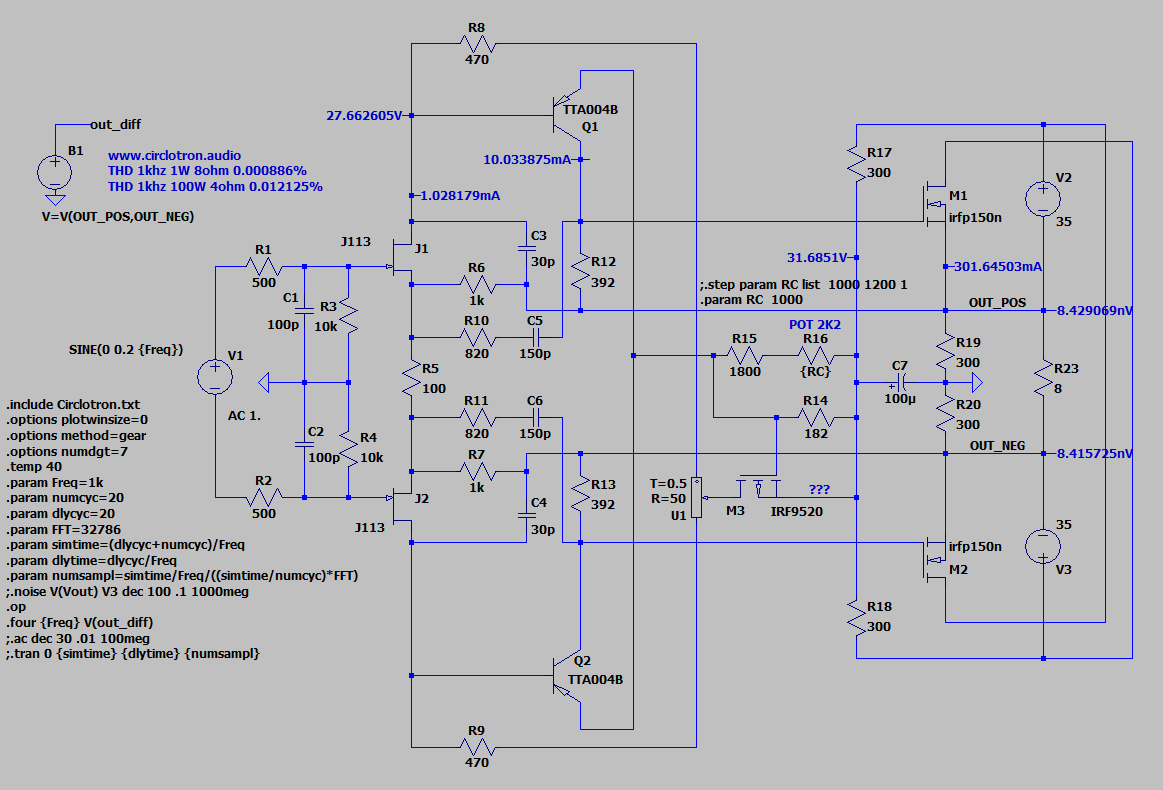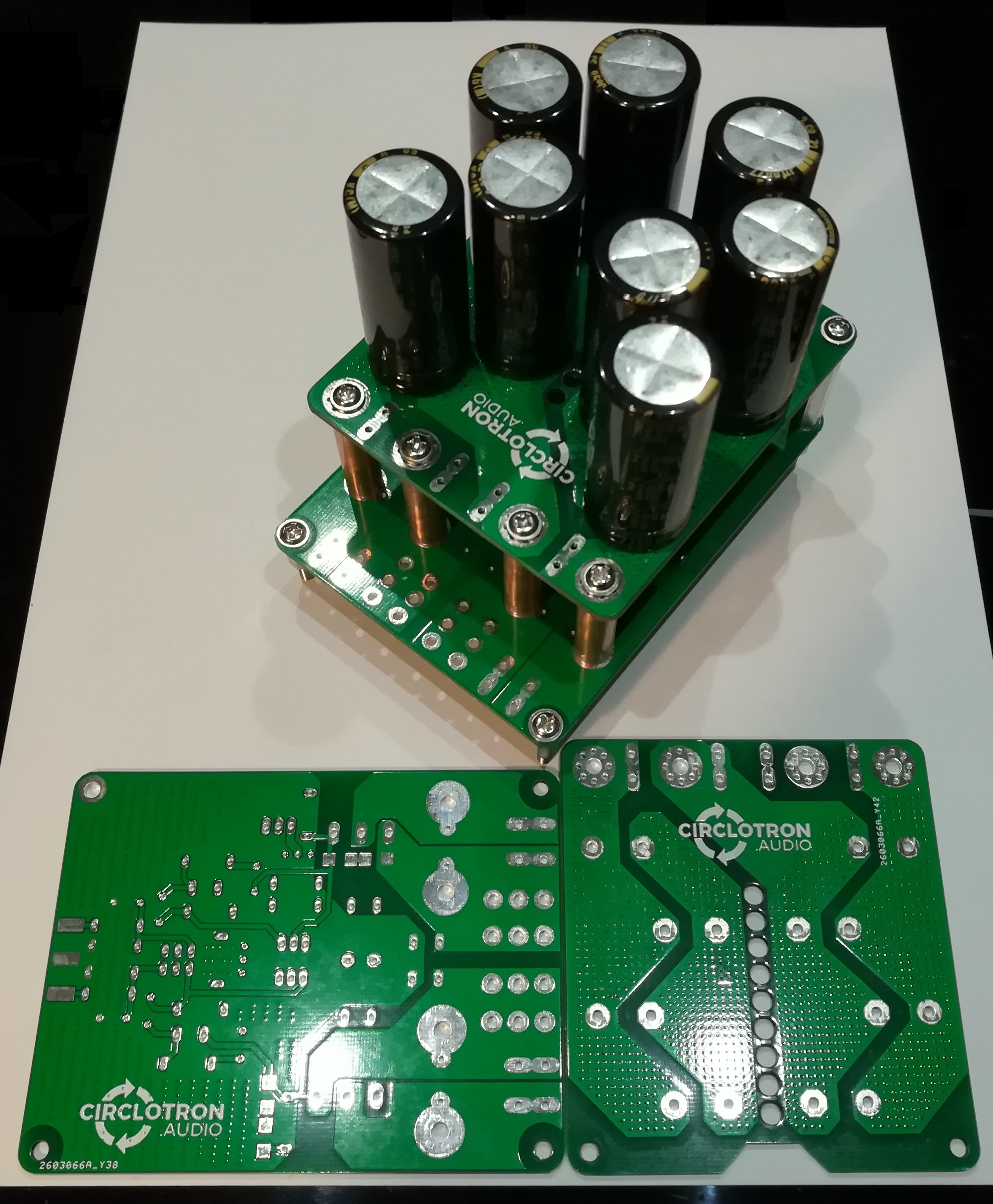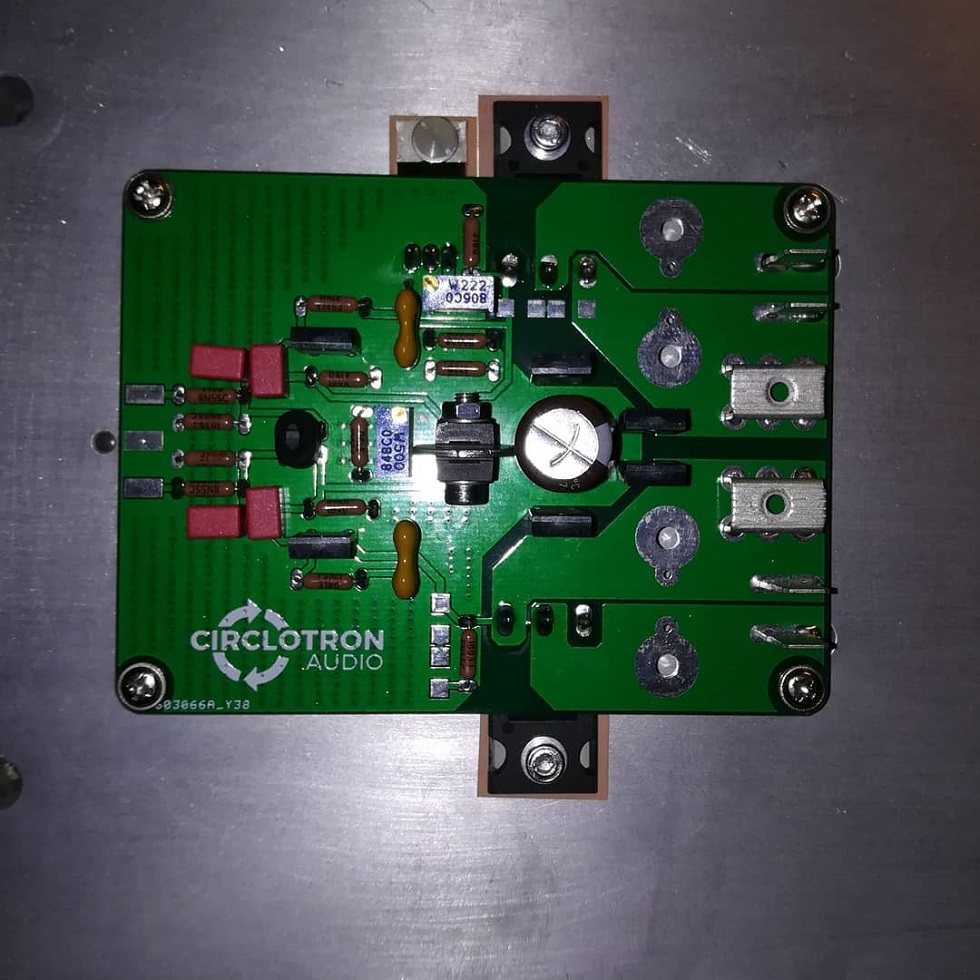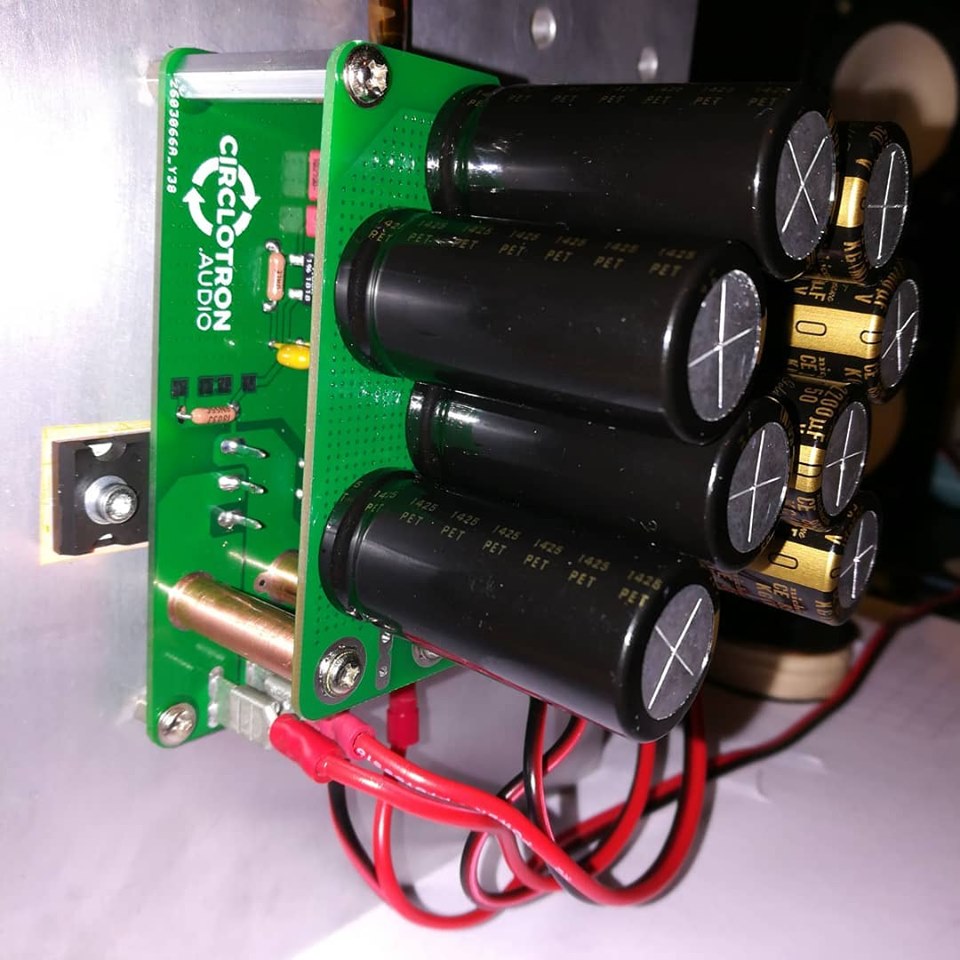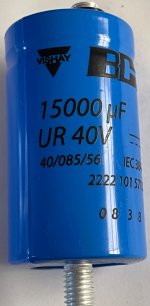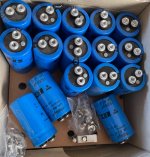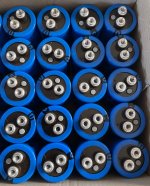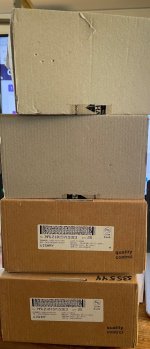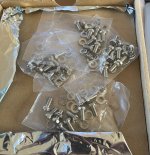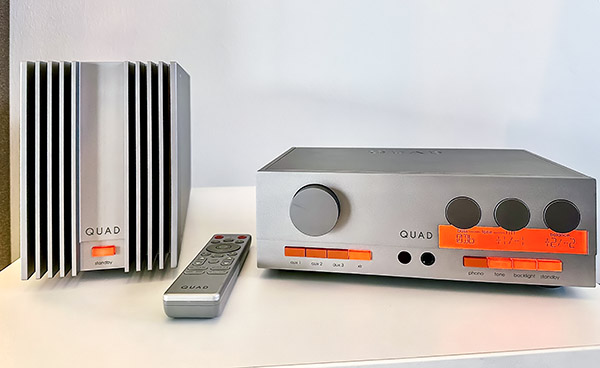For years, I’ve been looking for an affordable device that can extract multichannel audio from HDMI and output it digitally for further processing, specifically for DSP. Keeping everything in the digital domain ensures the best possible audio quality.
My goal was to create a high-quality multichannel audio system that was also affordable, modular, and user-friendly. However, this proved to be quite challenging. The closest I got to achieving that goal is the setup described below:
Flow Chart:
- Smart TV (Spotify and video source)
↓ (Audio via SPDIF)
- Raspberry Pi
- Receives SPDIF output from the TV.
- Applies DSP (Digital Signal Processing).
↓ (4 Audio Channels via USB)
- Okto DAC8(8 Channel DAC)
- Receives 4-channel audio via USB from Raspberry Pi.
- Converts digital audio to analog.
↓ (Analog Audio Out)
- 2 DIY Mono Block Amplifiers + 2 Active Subwoofers
- Each amplifier receives one analog audio channel.
- Amplifies audio for output to speakers.
Unfortunately, this setup resulted in stereo audio only, which didn’t meet my expectations. It could have been improved by using something like FFMPEG (thanks to
@phofman for suggesting this) on the Raspberry Pi to process Dolby-encrypted audio over SPDIF for surround sound. However, I didn’t have the skills or the motivation to dive into that. Getting Camilla DSP working on the Pi and getting it to process the TOSLINK input was already a tough challenge. Once set up, though, Camilla DSP proved to be a great piece of software. The TOSLINK input had a specific quirk, requiring a special power-on sequence to work, which wasn’t very user-friendly for my household.
I considered the Vanity PRO, which seemed like the best affordable high-quality solution, but for my use case I couldn't justify the cost.
Then, I discovered a post from
@yulen (on DIY Audio) promoting his
5AES to HDMI Black Box, which caught my attention,
@mdsimon2 expressed an interest in the device as well. The product, a converter from HDMI to 5 AES, also includes optional DSP processing via Sigma Studio. It features 2x HDMI input and 1x HDMI outputs, with up to 4K @ 30Hz output. (Note: I have since edited this post to reflect the correct HDMI connections as I made a mistake in my original post)
While the product was intriguing, I had some concerns as it didn’t support Dolby decryption. However, the built-in DSP was a big plus for me. After several emails back and forth with Yulen (thanks for your patience!), I decided to try the product. Yulen assured me that it would work well with an Apple TV set to LPCM out, which was a perfect source for my needs—Spotify, Apple Music, Netflix, etc.
I made the purchase, it cost me $278 US or ~ £220GBP for the unit with the DSP module, this included tracked shipping to the UK, and within a week or so, the Black Box arrived—well-packaged and complete with the parts as discussed, along with the DSP board. I also ordered an Apple TV to pair with it.
To connect the Black Box to my DAC, I had to find a suitable
DB25 to XLR cable. I then had to re-solder the connections to match the pinout of the Black Box (Yulen does sell premade cables if needed). This was my first time soldering a DB25 connector, so managing the soldering iron temperature and ensuring correct pinout was a bit tricky, but I got it done in a few hours.
Without the DSP board, the Black Box is plug-and-play and works flawlessly. It automatically adjusts audio output from stereo to multichannel depending on the content being played (e.g., Apple Music defaults to stereo, while movies play in 5.1). I’ve even seen it handle all 8 channels of audio. Since everything remains in the digital realm, there is no loss in sound quality.
I’m currently running a 3.2 audio system. Since I haven’t set up the DSP yet, I’m only getting stereo sound and 3.1 channels for movies. Once the DSP is configured, I plan to add room correction and blend some of the rear surround channels into the front speakers. I also hope to split the LFE channel between the two subwoofers and add crossovers to the stereo signal to make full use of both subs.
Here’s the current setup, outlined in the flow chart below:
Flow Chart:
- Apple TV (Spotify and video source)
↓ (Audio and Video via HDMI)
- Black Box
- Receives LPCM HDMI output from Apple TV.
- Applies DSP (not yet implemented).
↓ (4 Audio Channels via AES/EBU) + (HDMI video signal to TV)
- Okto DAC8(8 Channel DAC)
- Receives 4-channel audio via AES/EBU from Black Box.
- Converts digital audio to analog.
↓ (Analog Audio Out)
- 1 DIY Mono Block Amplifier + 1 DIY Stereo Amplifier + 2 Active Subwoofers
- Each amplifier receives one analog audio channel.
- Amplifies audio for output to speakers.
Images of it in my application:
I ordered the required DB25 cable from here:
DB25 Cable
Additionally, I’ve ordered a generic UART USBi module and DB9 connector to communicate with the DSP board.
I support small manufacturers and appreciate the creativity and support from the DIY community, so I highly recommend checking out Yulen’s Black Box if you’re looking for a similar solution. Yulen also makes and sells other innovative products, which you can find on his
blog (use a browser translator) and on his TikTok page, @SoundProAudio8.
He also has some upgrades for the black box in the pipeline, one is including HDMI ARC. Personally I would like to see 2x HDMI input with one being HDMI ARC, a boost in the frame rate at 4k to 60hz even though 30hz has proved fine so far and HDCP decryption. Overall I'm very happy with product though and even without any upgrades it's perfect, I'm looking forward to utilising the DSP in the near future. Note the unit already has 2x HDMI input and 1x HDMI output
Yulen is very patient and helpful but please be mindful of the language barrier.
Has anyone else used the Black Box and if so what's your application?
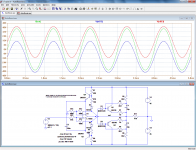
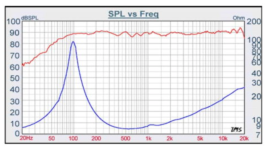
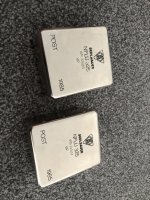
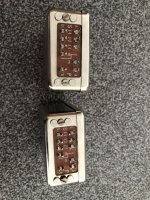
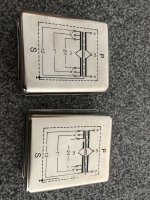
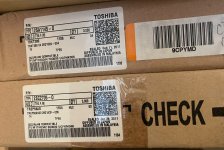
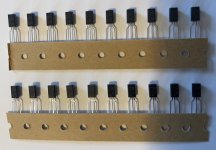
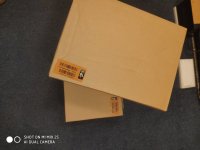
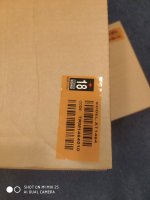
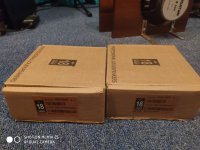
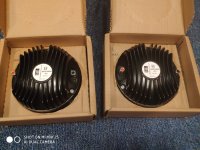


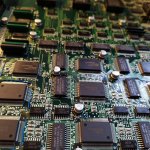

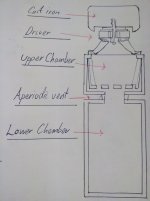
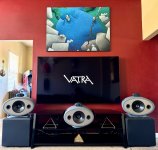
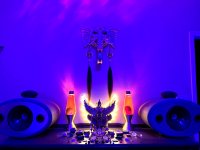
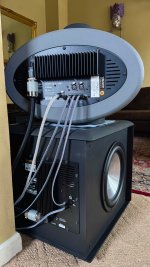
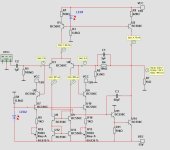
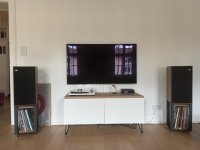
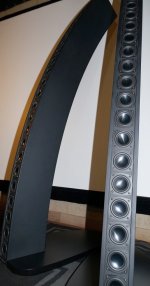
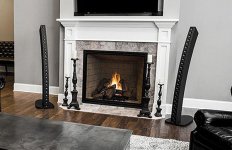

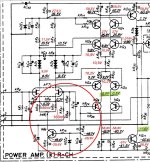
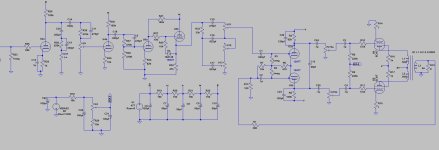
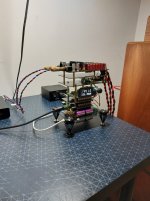

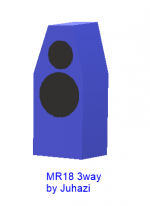
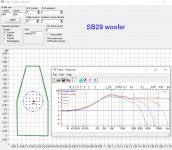
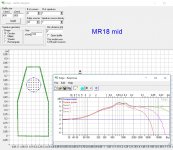
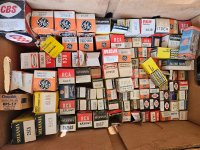
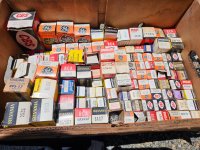
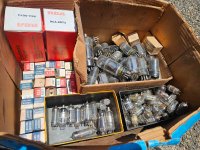

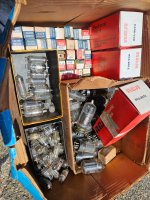
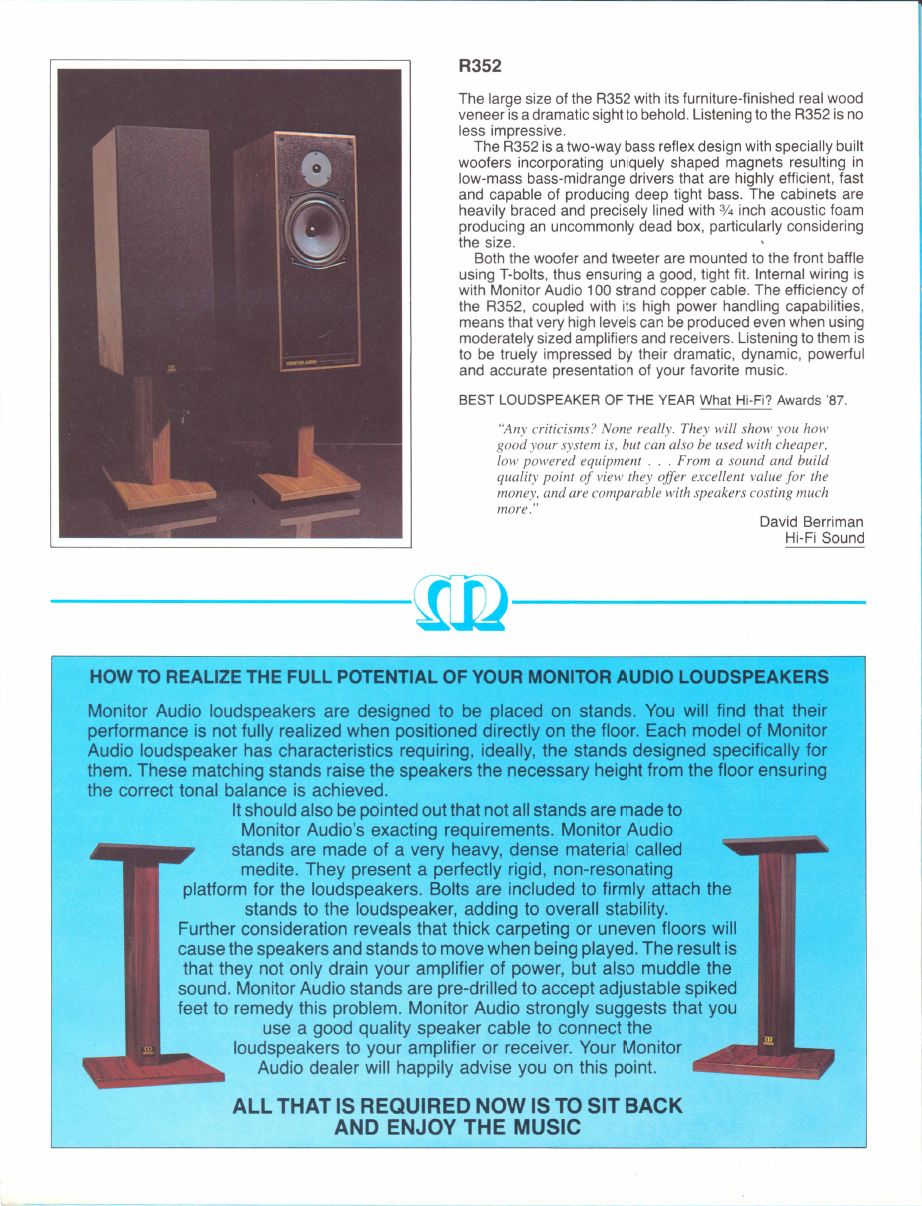
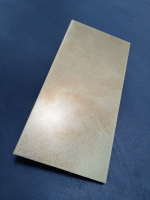

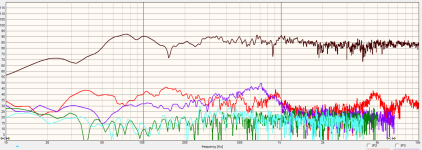

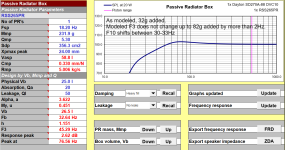

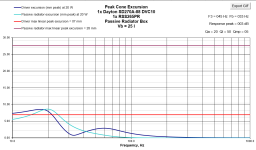

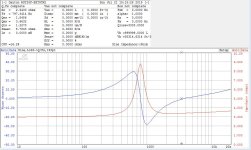
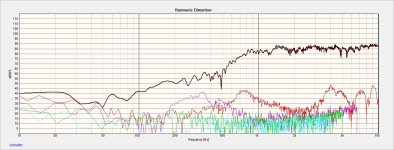
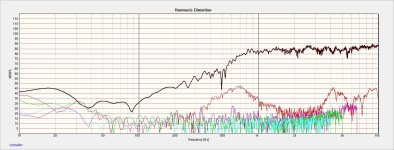
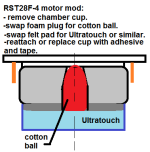
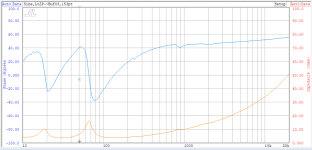
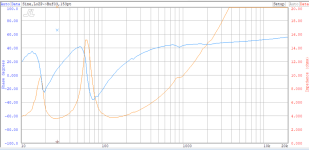



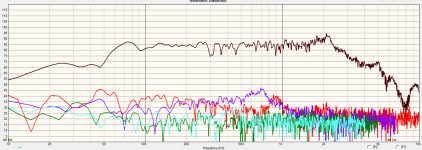
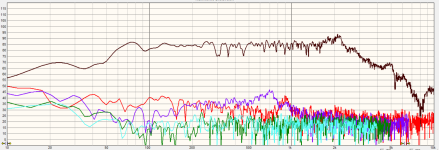
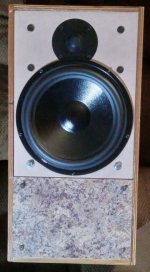
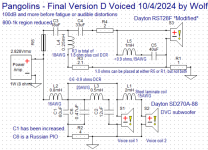
 So thank you all the people who helped me and especially Joe Berry who gave me the Keystone of this amp, the current generator so particular that guarantee a thermal stability
So thank you all the people who helped me and especially Joe Berry who gave me the Keystone of this amp, the current generator so particular that guarantee a thermal stability A special thanks to gionag, my friend Rabbi Michele, who is the first to have made this amp and who made this great layout
A special thanks to gionag, my friend Rabbi Michele, who is the first to have made this amp and who made this great layout 